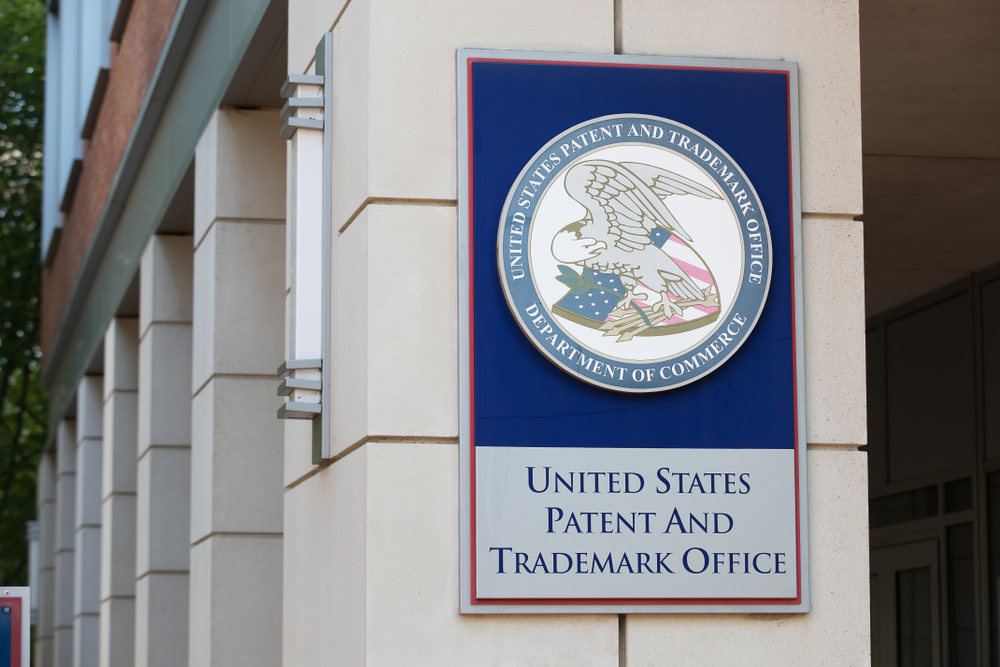Exploring the Role of Patents in the Aerospace Industry: A Look at Airplane Innovation
The aerospace industry is a constantly evolving field, with engineers and designers constantly working to push the boundaries of what is possible with aircraft design and technology. One important aspect of this innovation is the use of patents, which provide legal protection for new and innovative designs, technologies, and processes. In the world of airplanes, patents can cover a wide range of things, from the overall design of the aircraft to specific components and systems. For example, a patent might cover a new type of wing design that increases lift and reduces drag, or a new type of engine that is more fuel efficient and produces fewer emissions. Obtaining a patent for an airplane design or technology can be a long and complex process, requiring extensive research, testing, and documentation. In order to be granted a patent, an applicant must be able to demonstrate that their invention is novel, non-obvious, and useful. This process helps to ensure that patents are only granted to truly innovative ideas, rather than to designs or technologies that are simply slight variations on existing ones. Once a patent is granted, the holder has the exclusive right to make, use, sell, and import the patented invention for a set period of time. This can be a valuable asset for companies in the aerospace industry, as it allows them to recoup their investment in research and development, and to potentially generate significant profits from their patented inventions. However, obtaining and enforcing patents is not without its challenges. There is often significant competition for patents within the aerospace industry, as companies jostle to secure protection for their innovative ideas. Additionally, there is often a significant time lag between the development of a new [...]






